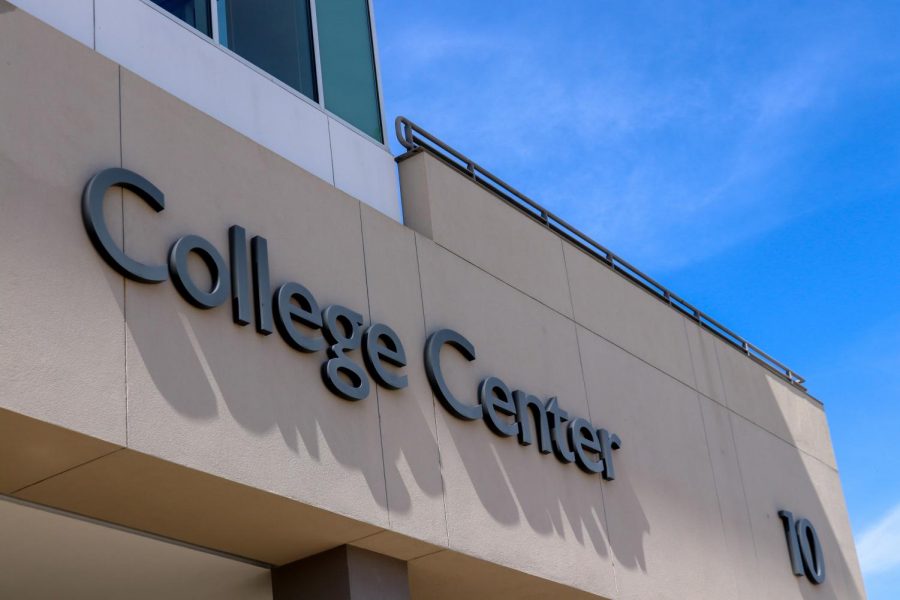The idea of Advanced Placement (AP) classes has been ingrained in our community’s culture and expectations. Many students feel pressured to take these AP classes for intellectual stimulation or the simple GPA boost. And all-in-all, that sounds great. Students can and should take more challenging courses and push themselves in education.
Yet, there is more to this story. AP has some inherent weaknesses. First, it is vital to understand what an AP class is: a high school class that prepares students to take the College Board’s AP test at the end of the school year. This test is scored on a scale of one to five, with a three or higher generally being considered passing. Students who do pass their AP exams may be awarded college credit for the courses taken. The word “may” is essential here, as many colleges set higher thresholds scores (i.e., four/five), limit the credit’s application, or don’t award credit whatsoever.
The test is embedded with many artificial exercises such as document-based questions (DBQ’s), which aren’t as important as the students gaining a deep understanding and conceptualizing the topic at hand. It is one of the significant flaws in the AP class system.
The focus of instructors often becomes only about preparing their students to take this one test. This approach will not help students grow as much as a class free from the AP test burden. Without the limitations placed on students and teachers by the College Board, curriculums could be much more flexible, looking into current events and adapting to the atmosphere of the class.
We also have to keep in mind that the College Board has thrived from a virtual monopoly on this form of advanced classes and a duopoly on standardized testing. The “non-profit” brings in over $150 million in profit each year, with their chief executive earning $1.7 million a year. Students are often frustrated when a year’s worth of work is measured in a single number with no feedback.
But, many students thrive off of courses that challenge them in the areas they are interested in. There would be something missing if AP classes were stripped away without an alternative.
It turns out, we already have a viable alternative to AP classes, and that is dual enrollment. These are college-level classes taken in high school for which credit is awarded through a college, usually a community college. Such a model has no need for a standardized test at the end of the year because credit is awarded based on the grade received in the class.
Also, transferable credit earned in California Community Colleges will be accepted by every UC/CSU school.
You may be thinking, “Wow, this sounds great, but is it possible?” The simple answer is that it is already something that exists.
According to Carlmont High School’s 2020-21 school profile, four dual enrollment courses are offered. This is very small in comparison to the 20 AP courses offered. Luckily dual enrollment is on the rise, with six courses available in the 2021-2022 Carlmont Program Planning Handbook. A popular course that uses this method is Biotechnology 1 & 2, which offers credit through Skyline College.
Carlmont High School still has a lot of work to do in expanding dual enrollment opportunities. The addition of AP Environmental Science for 2021-2022 makes it clear that the school administration hasn’t embraced the alternatives to phase out these test-driven courses.



Mr. Harrison • May 30, 2021 at 7:46 pm
I agree that AP has serious issues as you mentioned in the article. Dual enrollment has some additional issues as well. Many years ago Carlmont experimented with some expanded dual enrollment classes and the results were not great. Carlmont staff had to meet certain requirements, which many did. The issue arose with the community colleges requiring Carlmont to use their teachers. In my cases the teachers sent by the community colleges were not suited to teach high school students and the expanded dual enrollment classes folded.